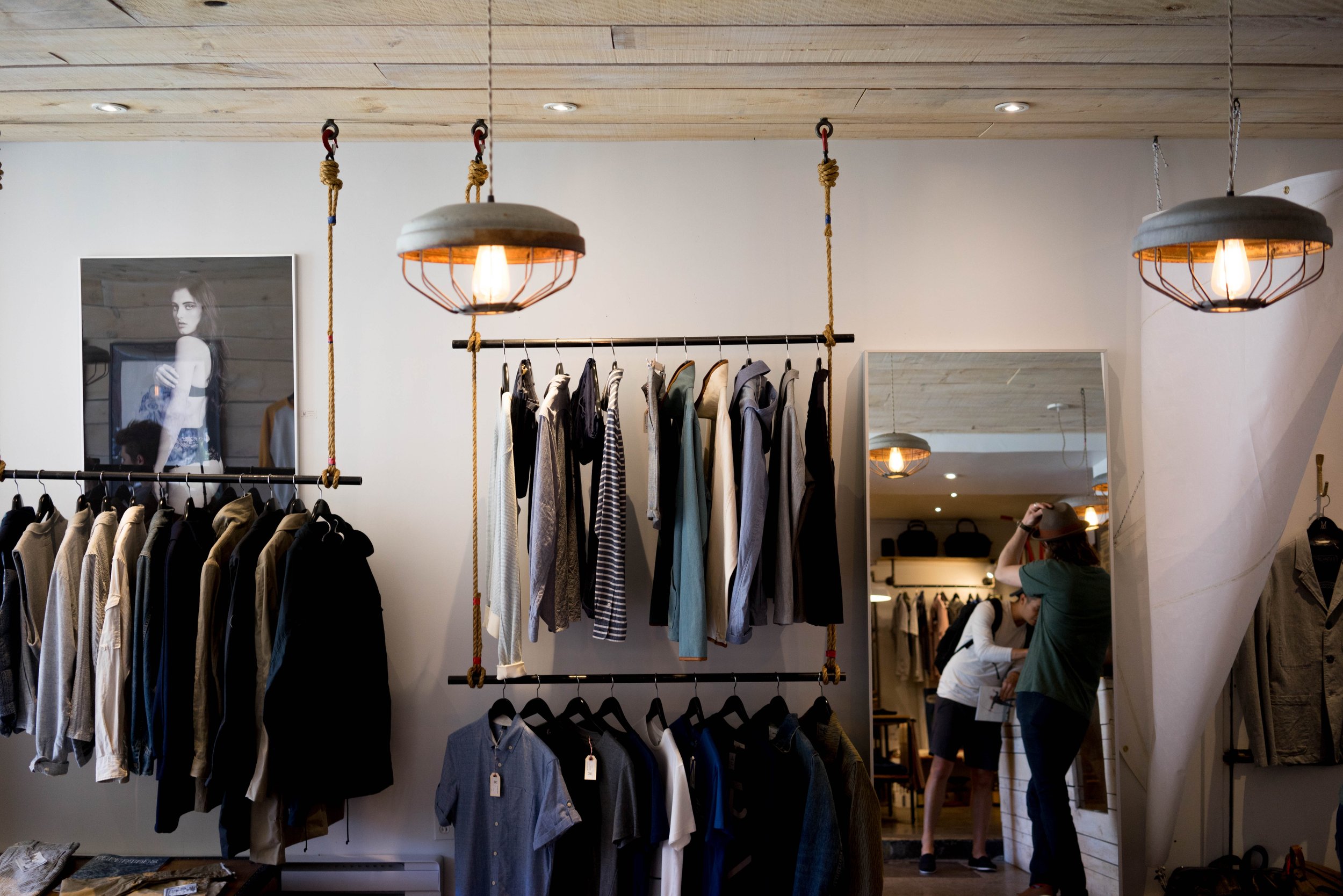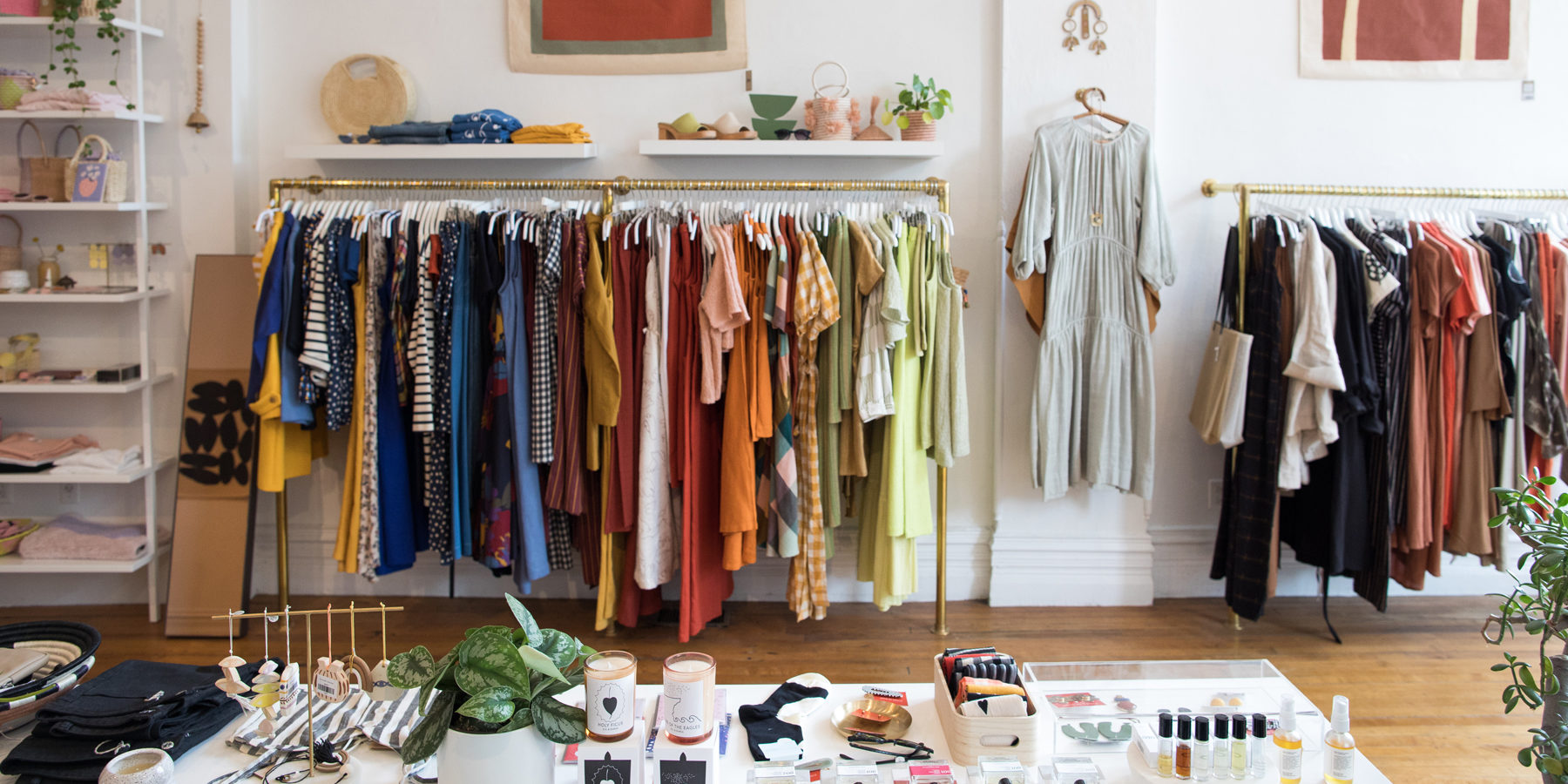Why Boutique Fashion is the Ultimate Selection for Distinct Design
Wiki Article
A Deep Dive Into the World of High-Fashion Runways: Comprehending Clothes as Art
Developers, much like masterful musicians, weave intricate narratives through form, shade, and fabric, challenging typical norms and redefining elegance requirements. As we explore these sartorial spectacles, we must ponder: what function does style play in shaping societal worths, and just how does it mirror the ever-changing tapestry of human emotion and identification?The Development of Runway Reveals
The trajectory of runway shows has transformed significantly over the decades, progressing from unique industry occasions to exciting eyeglasses that blend fashion with art. Typically, path programs were intimate affairs, held in ateliers or little places, largely attended by customers and sector insiders. These early presentations concentrated on the garments' workmanship and industrial practicality, supplying a practical and straight display screen of seasonal collections.As the garment industry broadened, the nature of runway shows started to change. The 1970s and 1980s noted a transforming factor, with developers looking for to differentiate themselves via even more staged discussions. This age saw the surge of fancy collections, choreographed models, and thematic stories, heralding a brand-new age where the path became an experiential system. The programs transformed into a form of narration, where each collection conveyed a distinctive story or idea.
In recent times, technology and social networks have additionally reinvented runway programs, making them obtainable to a global target market. Livestreaming and digital platforms have equalized fashion, allowing enthusiasts worldwide to witness these events in real-time (boutique fashion). This development mirrors a wider social change, where high-fashion runways function as a vibrant junction of development, performance, and style
Designers as Enthusiast Artists
Designers in the high-fashion industry have blurred the lines between useful garment production and the conceptual world of art. By accepting imaginative disciplines such as sculpture, paint, and progressive setups, designers craft garments that challenge standard style norms and elevate them to art forms.Visionary designers draw ideas from a myriad of resources, consisting of abstract art, historic referrals, and individual narratives. They have a distinct capability to envision and emerge concepts that press the boundaries of standard fashion, typically redefining aesthetic standards while doing so. This imaginative ingenuity is showcased via remarkable silhouettes, innovative products, and complex craftsmanship, which welcome viewers to experience fashion as greater than just wearable products.
Moreover, the runway works as a canvas for these artists, where lights, songs, and set layout coalesce to develop immersive experiences. These presentations are not merely display screens of clothing but are orchestrated efficiencies that stimulate emotion and prompt idea, attesting the designer's duty as a true artist in the modern social landscape.
Social Influences in vogue
Cultural tapestry weaves its elaborate patterns into the textile of style, affecting developers internationally. Look At This The vibrant interchange of social stories, customs, and signs informs and motivates collections that elegance high-fashion runways.The impact of society on fashion is often seen in the reinterpretation of standard garments and patterns. The usage of Japanese robes, Indian saris, or African prints in contemporary style shows a mix of social credibility and modern-day aesthetic appeals. Developers such as Valentino's Pierpaolo Piccioli and Alexander McQueen's Sarah Burton have been known to integrate abundant social concepts right into their couture collections, equating history into wearable art.

Innovation in Material and Style
Development in material and design regularly reshapes the landscape of high-fashion, pushing borders and redefining opportunities. In the last few years, technological advancements have actually significantly contributed to this evolution, introducing products that test typical understandings. Textiles ingrained with wise fibers, qualified of transforming color or managing temperature, are no longer confined to the realm of scientific research fiction. Developers are significantly exploring the combination of technology, such as 3D printing, which permits the creation of complicated frameworks that were formerly unthinkable.The style market is experiencing a rise in the usage of environment-friendly products, acquired from recycled plastics, organic fibers, and also eco-friendly elements. Developers are accepting these materials to craft garments that are both conscious and aesthetically striking of their environmental footprint.
In terms of style, progressive silhouettes and speculative forms are continually transforming the path. By incorporating advanced methods and unusual materials, designers go right here cultivate garments that blur the line in between fashion and art, establishing new criteria for imagination and expression in the high-fashion sphere.
Influence of Fashion on Society
Fashion possesses an extensive impact on culture, acting as both a representation of social identity and a catalyst for social change. With its development, fashion has actually mirrored societal changes, encapsulating the zeitgeist of various periods. For circumstances, the flapper outfits of the 1920s symbolized a newfound feeling of women's freedom, while the strong prints of the 1960s echoed the advanced spirit of the time. High-fashion runways, particularly, serve as systems for tough norms and redefining appeal standards. Developers make blog use of these places to resolve pressing social problems, from sustainability to diversity, thus shaping public discourse.Additionally, fashion has the power to bridge cultural gaps, fostering understanding and gratitude among varied groups. As globalisation speeds up, the cross-cultural exchange of style concepts comes to be increasingly considerable, promoting inclusivity and diversity. The increase of streetwear, originating from city subcultures, shows exactly how style can transcend socio-economic boundaries, granting people a means of self-expression and empowerment.
Essentially, fashion is not simply about appearances; it is a dynamic pressure that affects worths, perspectives, and social development (boutique fashion). By constantly communicating with social and social currents, style remains an essential part of the collective human experience

Verdict
Designers, comparable to visionary artists, orchestrate collections that mirror identification, emotion, and social stories, testing standard visual appeals. This junction of fashion and artistry not just captivates audiences around the world but also influences social assumptions and advertises a much deeper gratitude for cultural variety.
Social tapestry weaves its complex patterns into the material of fashion, influencing designers worldwide.Fashion possesses an extensive impact on culture, serving as both a reflection of cultural identity and a stimulant for social modification.
Report this wiki page